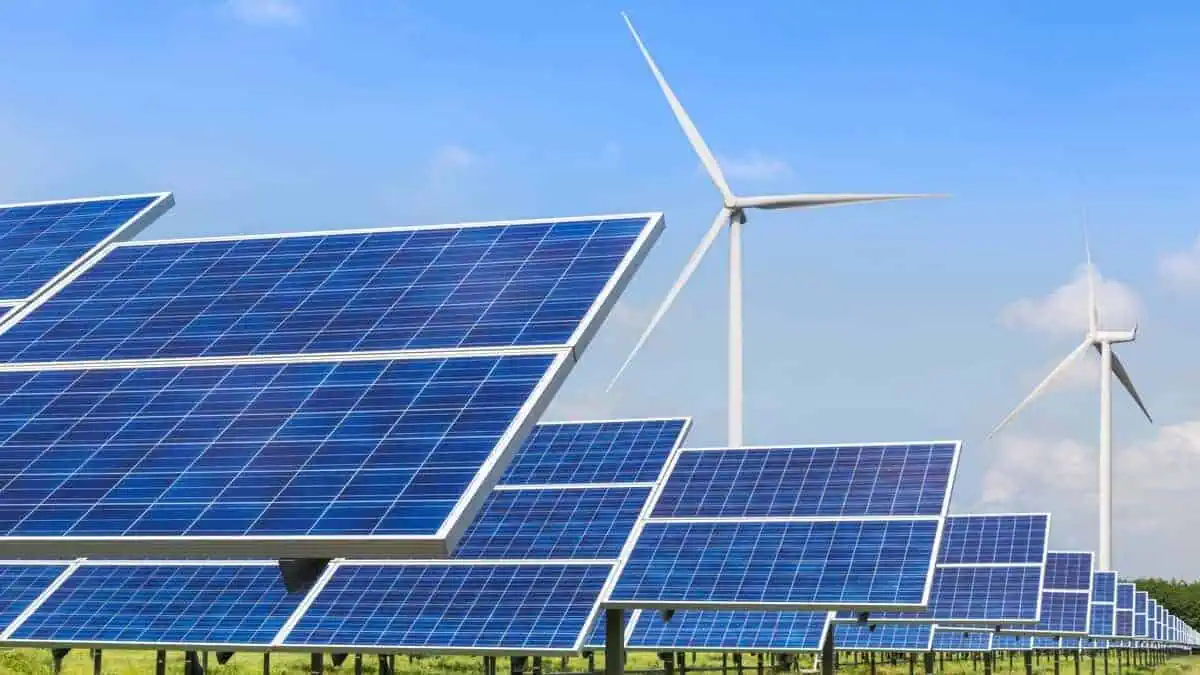The International Renewable Energy Agency (IRENA) and the International Labour Organization (ILO) just issued a report on worldwide renewable energy employment that identifies the top producing and installing nations for wind and solar energy, according to Electrek.
According to “Renewable Energy and Jobs: Annual Review 2022,” employment in the renewable energy industry has increased over time. Despite the pandemic and the worsening energy crisis, there was a global growth of 700,000 new renewable energy jobs in 2021, bringing the total number of these positions to 12.7 million.
The authors of the report observed that the pandemic is directly influencing the growth of domestic employment by stating:
| The lingering impact of the COVID-19 crisis has spotlighted the viability of far-flung supply chains. Rising concerns in the context of additional supply chain disruptions, trade disputes, and geopolitical rivalries are reinforcing interest in the localization of supply chains to enhance resilience, domestic value, and job creation. |
Notably, a daring energy transition forecast predicts that there might be 38.2 million employments in renewable energy worldwide by 2030. The fastest-growing renewable energy industry is solar, which employs more than one-third of the whole industry.
It is worth noting that the number of offshore wind employment in China is increasing, and it is the world’s largest manufacturer and installer of solar PV panels. Interestingly, major centers for the production of biofuels and solar PV technology are emerging in Southeast Asian nations.
Despite adding more than 10 GW of solar PV, India is still primarily dependent on imported solar panels. However, it is still remarkable because the country was able to produce a large number of installation jobs.
Currently, Europe as a whole is the largest exporter of wind power equipment, contributing around 40% of the world’s wind industrial production. The production of solar PV systems is being revived in the continent as well.
In the Western Hemisphere, Mexico is the region that supplies the most wind turbine blades. Meanwhile, Brazil continues to be the country with the highest employment rate for biofuels while adding numerous jobs in wind and solar systems.
On the other hand, the US is starting to develop a local industrial base for the country’s emerging offshore wind industry.
Although the report emphasizes that there are increasing job prospects in decentralized renewable energy, particularly in support of local commerce, agriculture, and other economic activities, the involvement of African nations is still restricted.
Nonetheless, it must be noted that the industry for renewable energy is more labor-intensive than that for fossil fuel technologies, which are frequently automated and capital-intensive.





